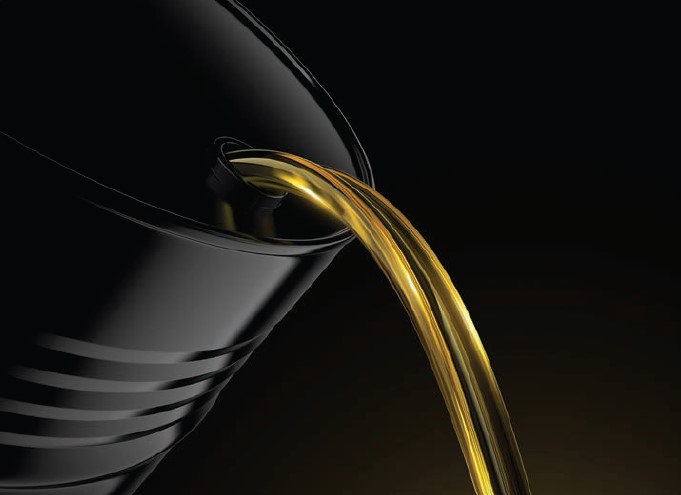Lubricant forms a thin film between metal surfaces, and with its additive formulation, it ensures the continuity of the system by providing various properties such as cleaning, impermeability, heat transmission, energy transmission, anti-wear, etc. in addition to lubrication. If it fails to fulfill one of these duties, malfunction symptoms occur and eventually cause undesired downtime.
Approximately 70 percent* of the oils used in a system cannot fulfill their duties due to contamination. Anything not defined for the system is contamination. For example, the element Iron (Fe) is a raw material in gears, it is not found in oil. If this element is detected in the oil, it means wear. The same goes for moisture as well. It is not found in oil; if detected, it is a source of contamination.
We can define contamination sources in 4 main groups as solid, liquid, semi-solid and gas:
- Solid: Pollution (dust, sand), rust, wear materials, seal particles, filter fibers, etc.
- Fluid: Water, fuel, oil, antifreeze, process fluids, incorrectly added oil, etc.
- Semi-Solid: Grease, varnishing, soot, microbial growth, oil additive reactions, etc.
- Gas: Oxygen, nitrogen, process gases, combustible gases in transformer oils (methane, ethane, ethylene, acetylene), etc.
The contamination control phase starts from the moment the oil arrives at the site, continues with maintaining the current state of the oil with the storage conditions and ensuring its clean transfer to the system, and it is monitored with oil analysis. If its current condition cannot be maintained at first, and if it is stored under inappropriate storage conditions, the oil will begin to deteriorate before adding it to your system and cause shortening of the life of the relevant equipment. Let’s think about a barrel of oil that has just arrived on the field. If we expose this oil to direct sunlight and rain without any protection, the humidity will increase with condensation due to temperature differences, and the oxidation process of the oil will begin. At high temperatures, the barrel cover will expand, letting various contaminants such as air, dust, etc., and the aging process will start. If this oil is then transferred to the system with a dirty tool (funnel, plastic bottle, etc.), the contamination level will further increase. In addition, if the equipment is operating in a polluted environment and/or the air filtration measures are insufficient, the contamination level will reach the maximum level and the oil degradation process will accelerate. As a result, sufficient oil film will not be formed due to insufficient lubrication and it will cause costly malfunctions in the equipment. In order to avoid such situations, it is necessary to strictly comply with the storage conditions specified in the technical data sheet of the lubricant.
Monitoring of contamination measurement differs according to the systems. In hydraulic and turbine oils, you can run the "ISO 4406 Hydraulic fluid power — Fluids Method for coding the level of contamination by solid particles" for measuring solid particles, the ASTM D 6304 tests for moisture determination and the ASTM D 5185 tests for wear. In motor oils, you can monitor the contamination levels by running the ASTM E 2412 test for fuel, soot, water, oxidation and nitration values in the oil.
As a result, by ensuring on-site disposal of contamination sources, you can extend the life of your equipment, reduce your waste costs by optimizing oil change intervals, and most importantly, you can achieve your sustainable environmental goals.
*Source: Lubrication Fundamentals D.M.Pirro / A.A. Wesson













